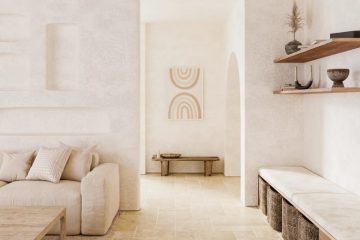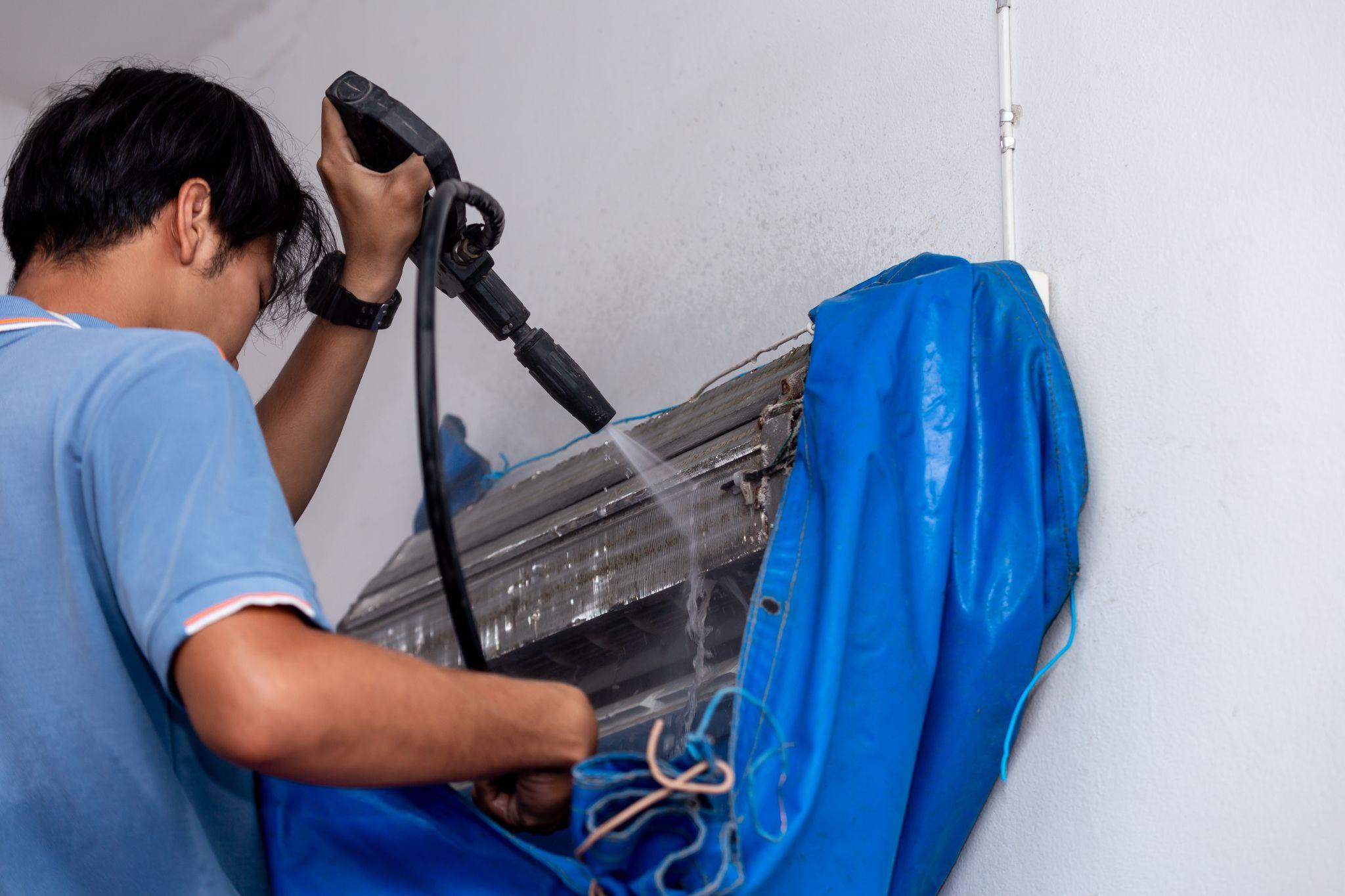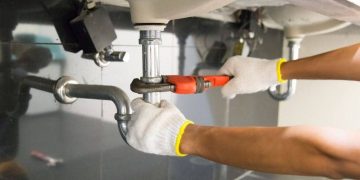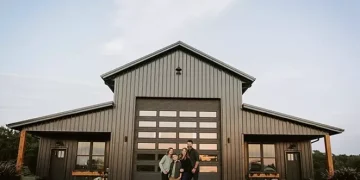Is Sandblasting Safe for Indoor Hardwood Staircases?

Bright space - an elegant hall in a spacious apartment
Hardwood staircases are timeless features in homes, adding warmth and elegance. Over time, however, they can become scratched, worn, or discolored, requiring refinishing. One method often discussed for restoring wood surfaces is sandblasting. While this technique is commonly used for industrial surfaces like metal or concrete, its use on delicate hardwood stairs raises important questions about safety and suitability.
So, is sandblasting a safe choice for indoor hardwood staircases? Let’s explore.
What Is Sandblasting?
Sandblasting (also known as abrasive blasting) is a process where high-pressure air propels sand or other abrasive particles onto a surface to strip away old finishes, paint, or stains. It’s highly effective for removing tough coatings, but it can also be very aggressive.
For hardwood staircases, this level of force can pose risks if not handled correctly.
Potential Risks of Sandblasting on Hardwood
While sandblasting can remove finishes quickly, there are notable drawbacks:
- Surface damage: The abrasive particles may erode the wood fibers, leaving the surface rough and uneven.
- Loss of detail: Delicate design elements, carvings, or rounded edges on staircases can be worn away.
- Dust concerns: Sandblasting creates large amounts of dust, which can spread throughout the home if not properly contained.
- Indoor safety issues: Without proper ventilation and protective equipment, it can pose health risks to occupants.
These factors make traditional sandblasting less ideal for fine woodwork like stairs.
Safer Alternatives to Sandblasting
Fortunately, there are gentler refinishing methods designed specifically for hardwood surfaces:
- Dustless sanding systems: Modern sanding equipment uses powerful vacuums to capture dust while smoothing the surface safely.
- Chemical stripping: Specialized wood-safe solutions can remove finishes without damaging the fibers.
- Hand sanding for details: Intricate areas of staircases can be refinished with smaller tools and careful manual work.
These approaches maintain the integrity of the wood while preparing it for staining or sealing.
When Sandblasting May Be Used
In rare cases, a modified version of sandblasting—using softer materials like crushed walnut shells or baking soda—can be used on hardwood. These are less abrasive than traditional sand and may reduce damage risks. However, this requires experienced professionals with the right equipment and containment strategies.
The Role of Professional Expertise
Choosing the right refinishing method depends on the condition of the staircase, the type of wood, and the desired outcome. Professional flooring specialists assess these factors to recommend the safest and most effective approach.
For example, experts like sablage de plancher Mebesa specialize in hardwood refinishing and rely on techniques that protect the wood while restoring its natural beauty. Instead of harsh blasting, they use advanced sanding and dust-control systems to achieve flawless results without compromising safety.
Conclusion
While sandblasting is highly effective for heavy-duty surfaces, it is generally not considered safe for indoor hardwood staircases due to the risk of damage, dust, and health hazards. Safer alternatives like dustless sanding, chemical stripping, and careful hand finishing provide better results without compromising the wood’s integrity.













